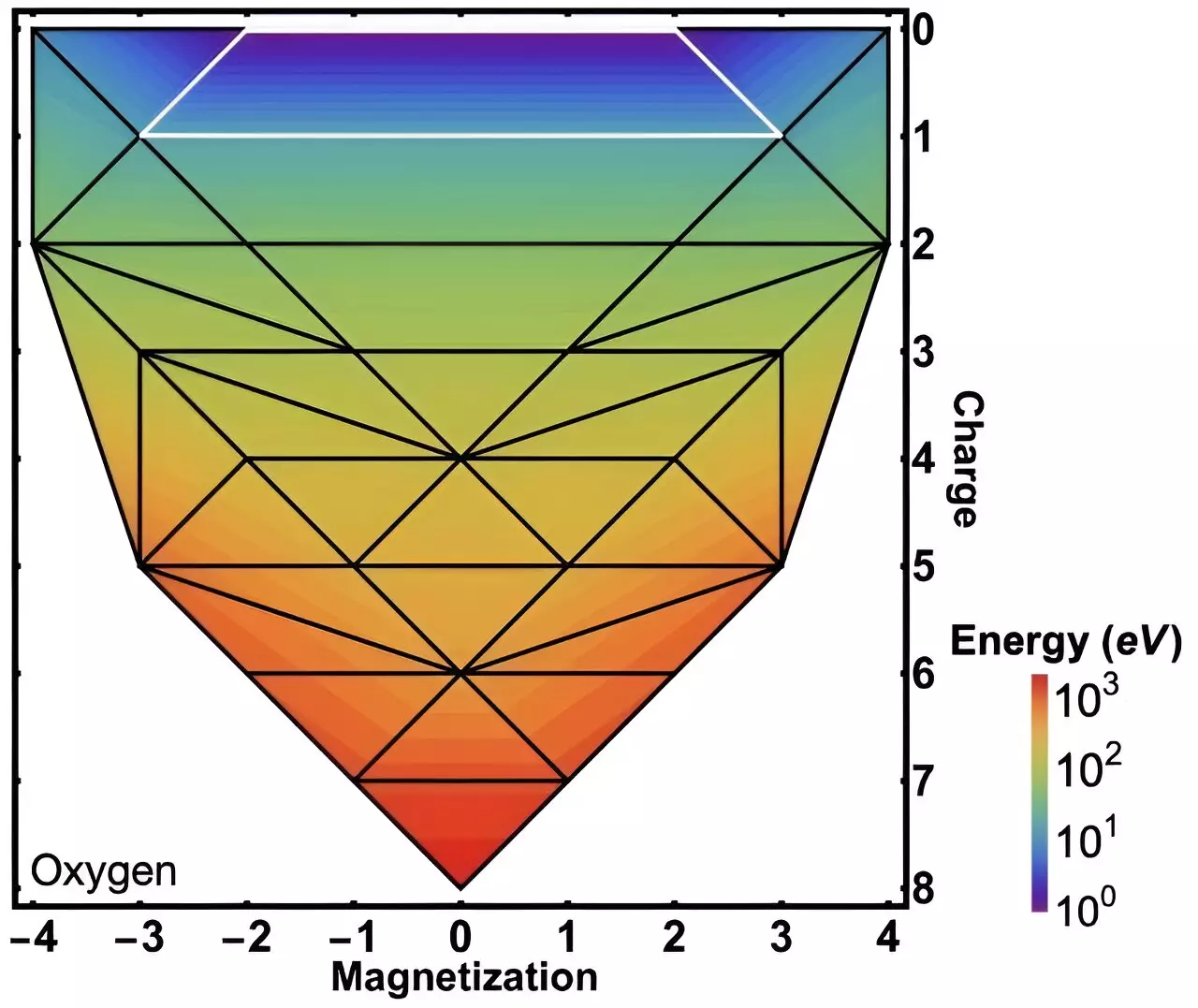In a groundbreaking development, a collaborative team of physicists from Trinity College, alongside international partners, has achieved significant strides in understanding the “energy landscapes” of quantum particles. This work not only answers lingering questions in quantum mechanics but also paves the way for enhanced computer simulations of materials, ushering in exciting potential for transformative applications in green technology. Published in the prestigious journal *Physical Review Letters*, their findings open up new frontiers that could shape the next generation of sustainable materials.
The focus of their research was to unravel how the energy levels within particle systems—ranging from atoms to more complex molecular structures—fluctuate based on changes in particle count and magnetic properties. By digging into a complex issue that has puzzled scientists for decades, this team has built upon a foundation of pioneering research that dates back to the 1980s, bringing us closer to a comprehensive understanding of quantum systems.
The Power of Collaboration and Innovative Approaches
Led by Andrew Burgess, a Ph.D. candidate at Trinity’s School of Physics, the research involved an intricate mix of theoretical analysis and computational modeling. Collaborators Dr. Edward Linscott, from the Paul Scherrer Institute in Switzerland, and Dr. David O’Regan of Trinity played crucial roles in the project, highlighting the importance of interdisciplinary cooperation in advancing scientific discovery.
Burgess’s quest began with a desire to map out the energy profiles of simpler systems, yet he found that existing literature fell short of providing a complete picture. The insights gained from quantum mechanical theorems that apply to one-electron systems, like the hydrogen atom, did not seamlessly extend to two-electron systems such as helium. This gap in knowledge illuminated a critical hurdle in theoretical physics that the team was determined to address.
Visualizing Quantum Energy Landscapes
Dr. O’Regan offered a vivid metaphor for understanding their findings, likening energy landscapes to a steep and angular valley reminiscent of classic video games. Within this landscape, changes in particle count and magnetism are visualized as movements within the valley, where each elevation represents energy dynamics in isolated particle collections. This innovative framework enhances our comprehension of how energy states interact within quantum systems, conceiving a more intuitive grasp of complex behaviors in materials.
The team’s research sheds light on vital aspects of matter stability and the conduct of chemical reactions, serving as an invaluable tool for future discoveries. The steep walls of the energy valley indicate that minute changes in particle arrangements can lead to substantial energy shifts, a realization that could transform various computational simulations necessary for developing next-gen materials.
Real-World Applications Beyond Theory
While the exploration of quantum mechanics may at first appear abstract, the implications of this research extend far beyond theoretical confines. Dr. Linscott emphasizes its practical applications: refining computer simulations to discover materials that improve solar panel efficiency and aid in the quest for more sustainable industrial catalysts. By embedding their knowledge of quantum energy landscapes into these simulations, scientists can make more precise predictions and identify innovative solutions to pressing environmental challenges.
Interestingly, the principles uncovered in this research have immediate real-world relevance. For instance, the functioning of batteries hinges on changing particle dynamics engendered by energy transitions—all intricately linked to the landscape of quantum energy. Each discharge involves atoms shifting their electron count and magnetism in a manner that echoes their theoretical findings. Exploring these nuanced interactions within quantum mechanics allows researchers to develop more efficient energy storage technologies, demonstrating a profound synergy between abstract science and practical engineering.
The Dynamic Interplay of Theory and Simulation
Burgess’s reflections on the intricate relationship between theory and practical simulation highlight the essence of contemporary research. His passion for navigating this interplay reveals a significant driving force behind progressive scientific culture. As theoretical frameworks evolve, so too does the capacity for innovative simulations, creating a virtuous cycle that propels discovery forward.
This unified approach strives to address the dual challenge of advancing theoretical knowledge while simultaneously enhancing practical applications, especially within renewable energy sectors. By positioning themselves at the intersection of these disciplines, researchers are not only contributing to the foundational knowledge of quantum mechanics but are also equipping society with the tools necessary to meet pressing environmental imperatives.
As the exploration of quantum energy landscapes continues, we are reminded of the profound potential that exists at the nexus of advanced science and real-world challenges—affirming the essential role of collaboration, innovation, and determination in the ongoing journey toward a more sustainable future.

